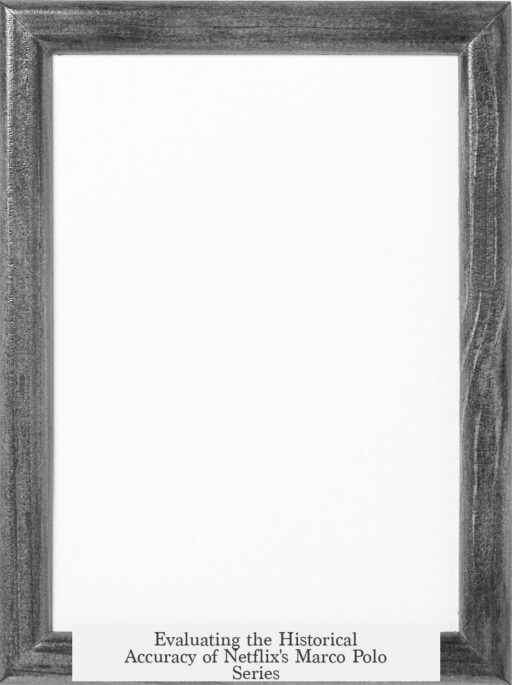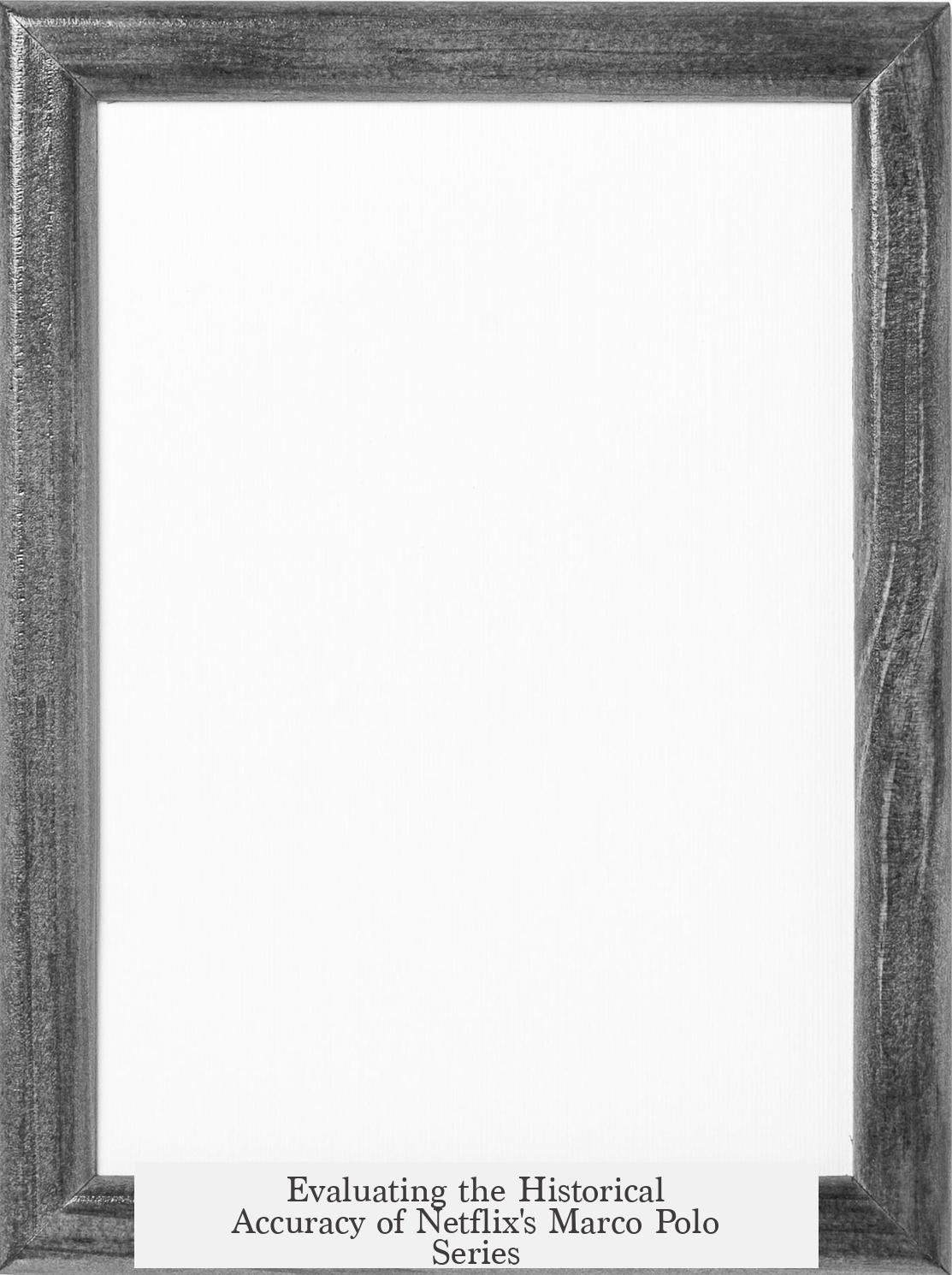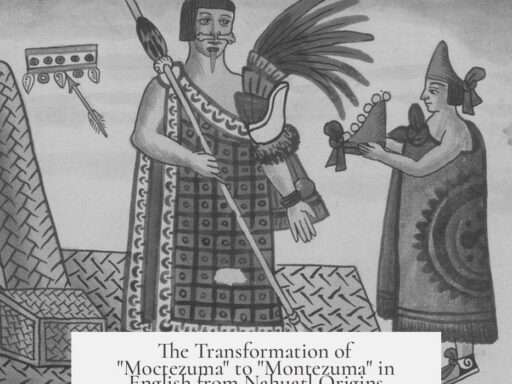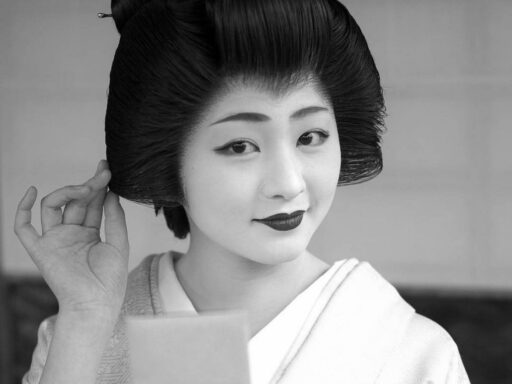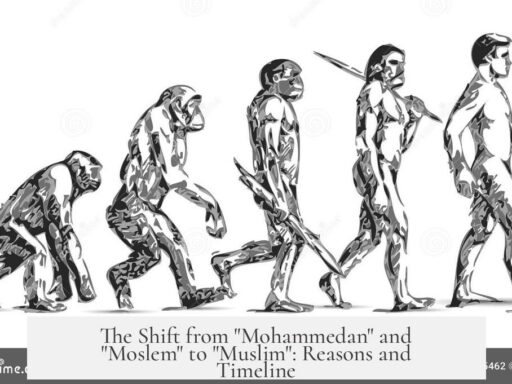The Netflix series “Marco Polo” blends historical facts with considerable dramatic fiction, making it a work of historical fiction rather than an accurate documentary account. The show draws on the real adventures of Marco Polo and events surrounding Kublai Khan’s court but takes creative liberties for storytelling purposes.
The series is loosely based on The Travels of Marco Polo, Polo’s famous 13th-century account of his journeys through Asia. However, Polo’s book itself presents challenges in assessing accuracy. Written while he was in captivity and dictated to a writer known for romanticizing, it contains numerous embellishments and some likely fictional or misunderstood reports. Compared to contemporaneous Chinese and Mongolian records, Polo’s narrative is less precise and often viewed skeptically by historians.
The portrayal of key characters and events mixes fact with fiction and sometimes anachronisms. For example, Marco Polo is shown as a martial arts-trained figure and a slave early in the story, which historical evidence does not support. Polo was actually respected at Kublai Khan’s court, likely as a diplomat and observer, rather than a fighter or servant. His experience focused more on diplomacy, commerce, and court life than military prowess.
The series highlights Kublai Khan’s open-mindedness about religion and culture, matching Polo’s reports that the Khan showed interest in Christianity and other faiths. The dramatization of Kublai’s disappointment about “Latins” not bringing priests aligns partially with historical accounts, emphasizing intercultural exchanges under Mongol rule.
Military technology and tactics, however, are distorted for dramatic effect. The show exaggerates kung fu-style combat and downplays Mongol expertise in using gunpowder and siege machinery. Historically, the Mongols employed advanced siege engines and gunpowder weapons, contributing to their success in conquering fortified cities. The series’ depiction sometimes neglects this reality, portraying Mongol forces as less sophisticated than they truly were.
The representation of Mongol politics and alliances is simplified and occasionally inaccurate. The conflation of the Chagatai Khanate and the Golden Horde and the minimal mention of prominent figures like Hulegu—Kublai’s key ally—reflect these gaps. This diminishes the complexity of the Mongol Empire’s internal dynamics and territorial divisions.
Some characters are historically grounded but reimagined for entertainment. Khutulun, a famed female wrestler and Kublai’s niece, appears as a fierce warrior matching historical legend but is dramatized with added narrative flair. Similarly, contentious figures like Jia Sidao, a Song dynasty chancellor, receive portrayals balancing historical controversy with dramatic necessity.
The series also invents romantic relationships and personal backstories that are not supported by evidence. For example, the character Mei Lin, a courtesan and Polo’s love interest, is fictional. Such additions enhance the narrative but deviate from historical validated facts.
Some errors go beyond dramatic license. An instance involves a scene showing Old Persian cuneiform written in ink on paper—a usage anachronistic and inaccurate since Old Persian script ceased by 300 BCE, and cuneiform was not commonly inked on paper. These mistakes reflect sometimes a lack of detailed research in certain aspects.
The show’s creators acknowledge their intent to maintain historical grounding while prioritizing storytelling. Writer and executive producer John Fusco describes historical accuracy as “very important without being chained to history.” The aim is to produce a compelling drama rooted in history but not restricted by it.
| Aspect | Historical Fact | Series Portrayal | Accuracy |
|---|---|---|---|
| Marco Polo’s Status | Respected envoy, no military role | Portrayed as slave and martial artist | Inaccurate |
| Kublai Khan | Wise ruler interested in religions | Generally accurate | Partially accurate |
| Mongol Military | Used gunpowder, siege tech | Exaggerated martial arts; overlooks tech | Inaccurate |
| Characters | Khutulun was real; Mei Lin fictional | Khutulun accurate; romances fictional | Mixed |
| Political Alliances | Multiple khanates with complex ties | Simplified, some khanates merged | Inaccurate |
The Netflix “Marco Polo” series provides an entertaining window into the Mongol era and Polo’s travels. It captures some historical themes and figures accurately but often prioritizes narrative drama over strict historical fidelity. Viewers should approach the series as historical fiction inspired by actual events rather than a documentary account of 13th-century Asia.
- The series is a dramatized version, not a strict history.
- The source book has questionable reliability, filled with embellishments.
- Marco Polo’s real role was diplomatic, not martial.
- Mongol military technology is underrepresented and distorted.
- Some real characters are altered; many events fictionalized.
- Historical experts influenced production but artistic license dominates.
